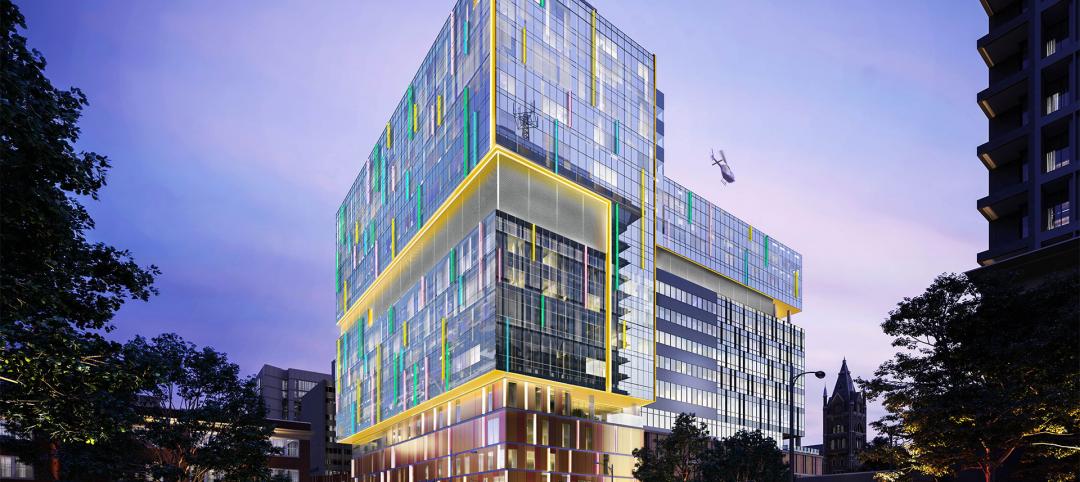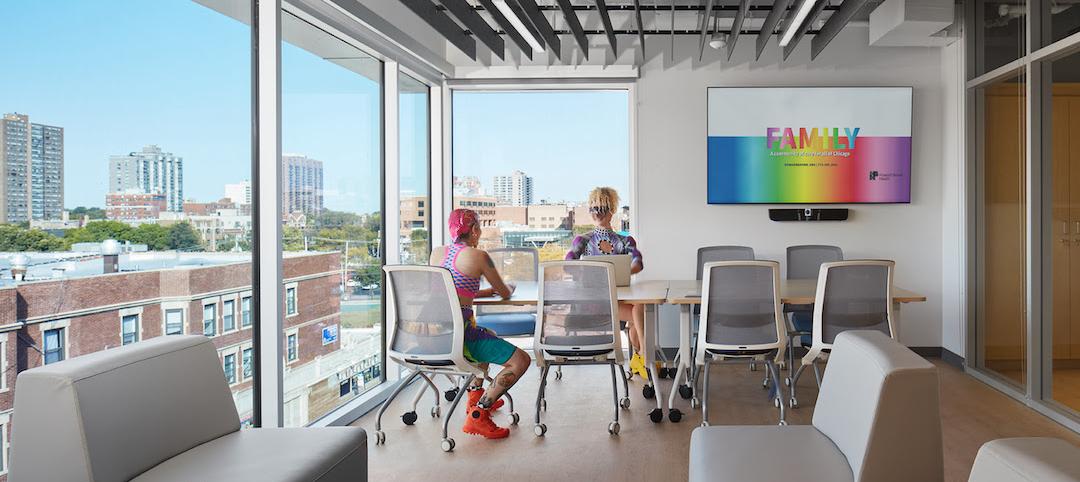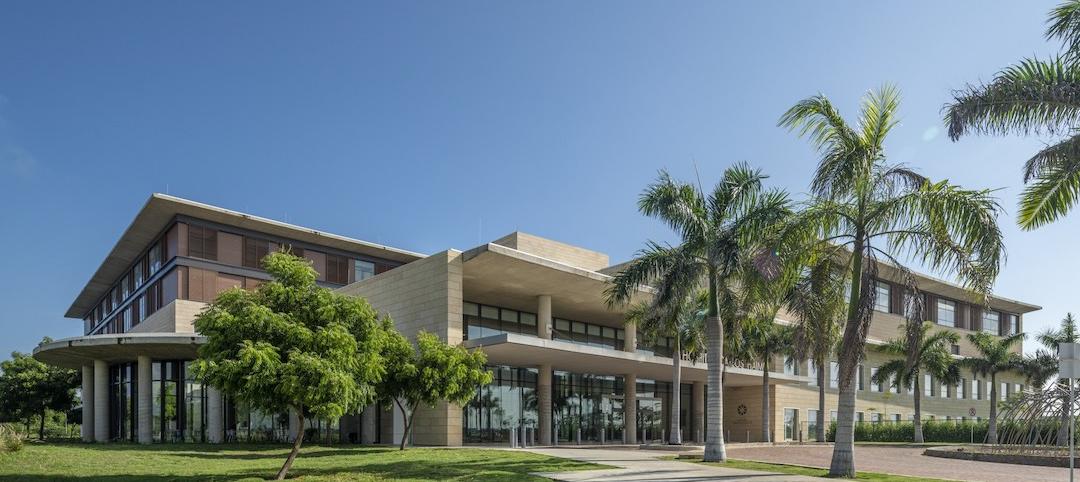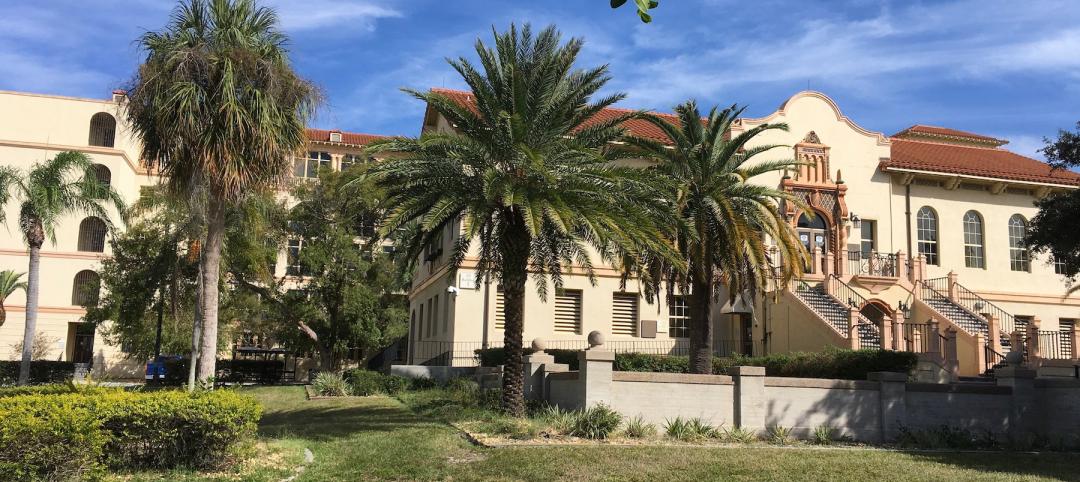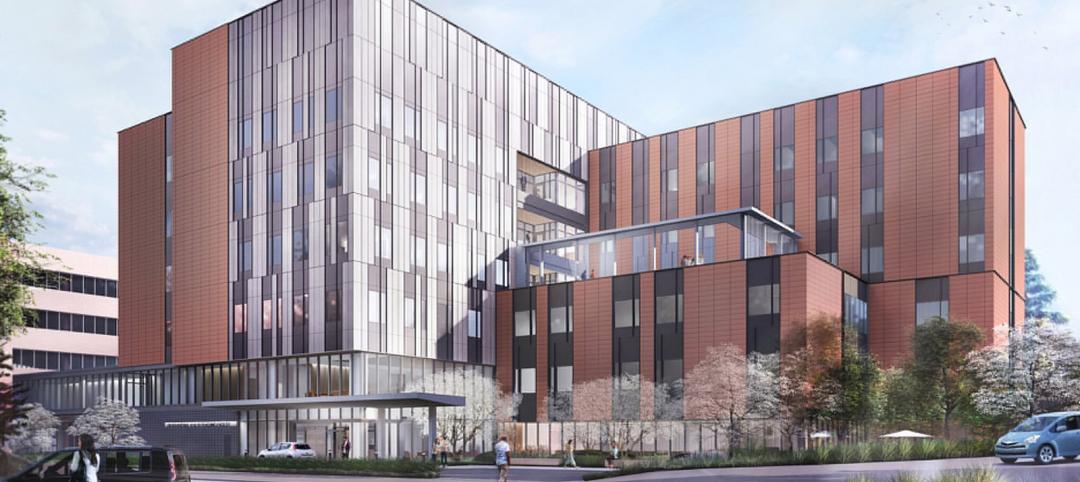On January 20, 2017, Donald J. Trump became President of the United States. Upon the inaugurations passing with a new Republican-dominated Congress and White House, there was high expectation to bring ambitious policy changes, including healthcare. With a limited 18-month window for legislation, lawmakers began the year in an immediate policy-making mode. This included healthcare reform which was considered a top issue. With an eagerness for change, progress on healthcare payment reform and access was is in flux. Difficult decisions would need to be made that would directly impact Americans both socially and economically. 2017 has proven to be a year of transition in politics, economics, and healthcare.
Healthcare Reform
As the legislative season began in earnest, politics of the day would not allow a passage of healthcare reform. “Repeal and replace” did not happen in 2017; however, the expectation of change had lasting effects on the healthcare insurance market and investment in capital. While the healthcare industry, providers, and consumers plan for a shift from fee-for-service to value-based payments, reimbursement is still very much a volume-based equation. In 2016, major insurers like Aetna began to retreat from the Affordable Care Act (ACA), or “Obamacare,” because of the failing economic model, and planned changes and regulations weren’t being fully implemented or embraced. The uncertainty of the Obamacare era created future risk that could not be fully quantified, which raised questions:
* If the individual mandate is removed, would the ability to fund premiums collapse the program?
* What if programs like CHIP (the Children’s Health Insurance Program) are defunded or Medicaid expansion crumbles, restricting access to patients and making revenue less available to markets that have become dependent on this revenue stream?
In 2016, Denver Health Medical Center (DHMC) opened a new $26.9 million clinic in the city’s southwest region to provide care to an area lacking in health services. The clinic saw more patients in six months than it had expected over two years. The health system planned to build or remodel five more facilities based on the new clinic’s success. But since November’s election, DHMC has deferred $73.7 million worth of construction projects planned for low-income residents, many of whom were newly insured under Obamacare. While the effect of looming healthcare legislation hasn’t completely slowed investment in healthcare, municipal bond debt issued for capital projects was down 36% from 2016 to 2017. This may not be attributed to the potential for healthcare reform, but it does indicate some delay in the implementation of select market strategic initiatives.
Healthcare Capital Investment
Buoyed by a strong economy, healthcare capital investment still continues. In growing markets—such as Houston, Atlanta, and Dallas—major inpatient program and infrastructure investments are ongoing or planned on both a small and large scale. Ambulatory care facilities continue to become an increasing percentage of all healthcare development. The industry seeks to push convenient care, improving the health of populations and to meet “Triple Aim” goals.
There’s no doubt the U.S. economy is in recovery, nearing full employment and increased consumer confidence. The current macroeconomics of low inflation, low unemployment, and historically low interest rates have created a pro-business environment. When combined with deregulation and a pending tax cut, the economy may have yet reached its full potential. For the first time in years, 2017 saw an increase in inflation and federal funds rate. In view of realized and expected labor market conditions and inflation, the Federal Open Markets Committee (FOMC) decided to raise the target range for the federal funds rate from 1.00 to 1.25 percent with an expectation that inflation could moderate toward a healthy 2% level.
As our labor force is nearing “full employment,” there will be continued competition for labor and goods, putting pressure on capital project costs currently in the planning stage. With global markets on the rise as well, we’re no longer in a transitioning economy. U.S. debt, deficits, and/or geopolitical upheaval notwithstanding, the economy is strong and poised for continued growth.
Changing Economic and Operating Models
A strong economy and looming healthcare legislative change did not deter the overall healthcare market forces and consolidation activity. While the ACA will likely not remain in its current form, the focus on alternative payment models—in part driven by the ACA—has yielded savings and increased value in pilot programs. Many healthcare experts believe we’re past the days of rewards for consumption. While the payment methods haven’t converted fully to a value-based system, providers have started putting in place their own approaches to increasing value by:
* Routing care to lower-cost environments
* Streamlining processes to reduce costs
* Introducing and expanding tele-health footprints
* Working to reduce readmission rates
The system as a whole is relying more heavily on metadata related to healthcare utilization and outcomes. Value has become the new economy and measurement its currency. Modern Health recently released an article stating, “Hospitals and health systems have been consolidating at a rapid clip in both horizontal and vertical mergers on national and regional scales, in part to offset margin pressure felt from rising labor and technology costs, and to satisfy new payment models that mandate more integrated care.”
Acquisitions announced in Q4 of this year show big moves are occurring in response to these changing economic and operating models. Announcements by CVS Pharmacy to acquire Aetna Health Insurance Company and by United Healthcare to acquire Davita Medical Group are a strong indicator that the lines continue to be blurred between health plans and providers. Models of coordinated healthcare now resemble the “patient-centered medical home.” Creating scale to support these new investment models, increasing buying power, and reducing waste, were part of the impetus for the pending Dignity Health and Catholic Health Initiatives merger. On December 7, Catholic Health Initiatives (CHI) and Dignity Health signed a definitive agreement to combine ministries and create a new, nonprofit Catholic health system, allowing the organizations to expand their mission of service and create a healthier future for people and communities across 28 states. The new health system will build a stronger financial and operational foundation to expand access to quality care, build upon complementary resources and capabilities, and reinvest in critical areas to accelerate improvements in care delivery.
The CVS/Aetna merger seeks similar outcomes. The acquisition is being touted as a move by CVS to take the next step in becoming a true one-stop shop for healthcare needs from prescriptions to clinics and insurance plans all under one roof. With over 1,000 CVS Minute Clinics in existence, CVS has plans to invest an additional $2 billion in capital spend in the coming years to build stores and modify existing outlets to become “healthcare hubs.”
Conclusion
While we have not fully turned the corner on healthcare reform and in particular healthcare payment reform, 2017 confirmed trends of consumerism and the need for more proximate low-cost options. The goals of healthcare reform, whether governmental or industry driven, are multi-faceted:
* Increased and convenient healthcare access
* Appropriate and lowered costs
* Measurably better and transparent outcomes
* Improved population health
The debate will continue and progress will be incremental. Our industry needs to be diligent to create these generational shifts and improvements on an annual basis. 2017 was a positive step in that direction. Let’s work hard together to ensure 2018 is at least one more.
About the Author: With over 21 years of healthcare experience, Steve Higgs brings extensive knowledge and understanding to all client engagements. For 12 years in the healthcare construction industry, Steve focused on contracting, scheduling, estimating, bidding, and contract administration. However, over the past 10 years, his focus has shifted to owner concerns such has planning, team alignment, and risk management. As Senior Managing Director for CBRE Healthcare, Steve oversees the Healthcare Project Management team and provides strategic direction and leadership to ensure all resources are focused on delivering results that exceed client expectations. Steve is a problem solver, helping Project Delivery Teams prioritize the many components of the project. Steve holds a Bachelor of Science in Building Construction from the University of Florida and a Masters in Health Administration. For more information on healthcare project management, contact Steve.Higgs@cbre.com.
Related Stories
Healthcare Facilities | Dec 15, 2021
COVID-19 has altered the speed and design of healthcare projects, perhaps irrevocably
Healthcare clients want their projects up and running quicker, a task made more complicated by the shortage of skilled labor in many markets.
Healthcare Facilities | Dec 15, 2021
MEP design considerations for rural hospitals
Rural hospitals present unique opportunities and challenges for healthcare facility operators. Oftentimes, the infrastructure and building systems have not been updated for years and require significant improvements in order to meet today’s modern medical demands. Additionally, as these smaller, more remote hospitals are acquired by larger regional and national healthcare systems, the first step by new ownership is often to update and rehabilitate the building. But how can this be done thoughtfully, economically, and efficiently in ways that allow the engineering and facility staff to adapt to the changes? And how can the updates accurately reflect the specific needs of rural communities and the afflictions with which these areas most commonly face?
Healthcare Facilities | Dec 7, 2021
Wheeler Kearns Architects completes Howard Brown Health’s Broadway Youth Center in Chicago
The new facility will provide medical and social service programs to LGBTQI+ youth.
Healthcare Facilities | Nov 23, 2021
Why vertical hospitals might be the next frontier in healthcare design
In this article, we’ll explore the opportunities and challenges of high-rise hospital design, as well as the main ideas and themes we considered when designing the new medical facility for the heart of London.
Healthcare Facilities | Nov 12, 2021
Centro Hospitalario Serena Del Mar is Safdie Architects’ first project in Latin America
The hospital project is characterized by its connectivity to nature.
Healthcare Facilities | Nov 2, 2021
Key design considerations for designing the smart patient room
The complete patient experience encompasses the journey to the hospital, the care experience, and the trip back home. All these touchpoints come with an expectation.
Cladding and Facade Systems | Oct 26, 2021
14 projects recognized by DOE for high-performance building envelope design
The inaugural class of DOE’s Better Buildings Building Envelope Campaign includes a medical office building that uses hybrid vacuum-insulated glass and a net-zero concrete-and-timber community center.
Healthcare Facilities | Oct 22, 2021
The VA is updating what once was the main hospital on a Florida medical campus
The renovated Building One will provide outpatient services.
Healthcare Facilities | Oct 21, 2021
UW Medical Center starts construction on Behavioral Health Teaching Facility
Will add much-needed patient bed capacity for Seattle.
Healthcare Facilities | Oct 20, 2021
Ware Malcomb completes Princeton Longevity Center at 1 World Trade Center
The project is located on the 71st floor.



